- Joined
- 3 June 2011
- Messages
- 18,340
- Reaction score
- 12,245



I'm not sure we're as close to a nuclear war as 1962, but we may be closer than 1983.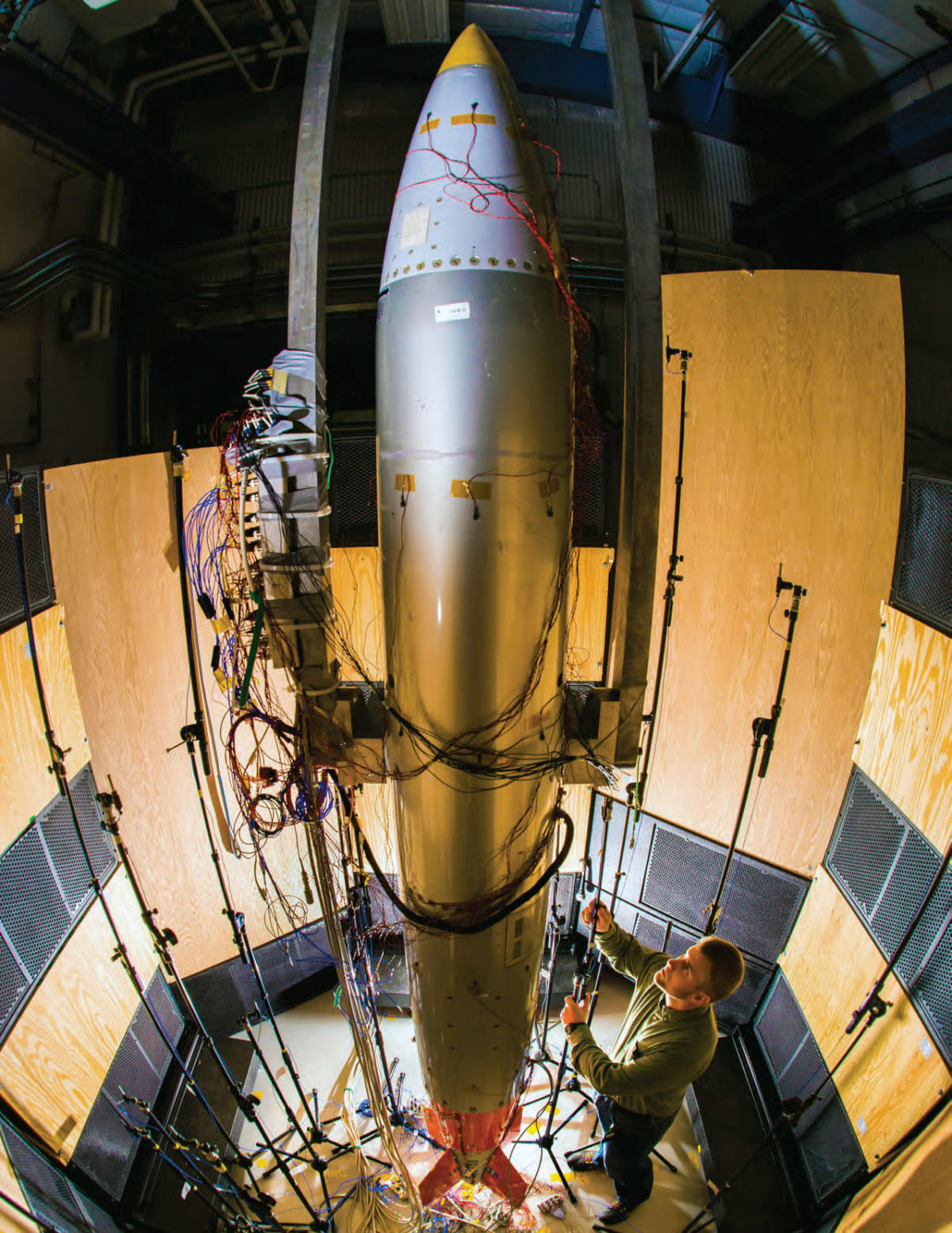
The Smaller Bombs That Could Turn Ukraine Into a Nuclear War Zone
In destructive power, the behemoths of the Cold War dwarfed the U.S. atomic bomb that destroyed Hiroshima. Washington’s biggest test blast was 1,000 times as large. Moscow’s was 3,000 times. On both sides, the idea was to deter strikes with threats of vast retaliation — with mutual assured...news.yahoo.com
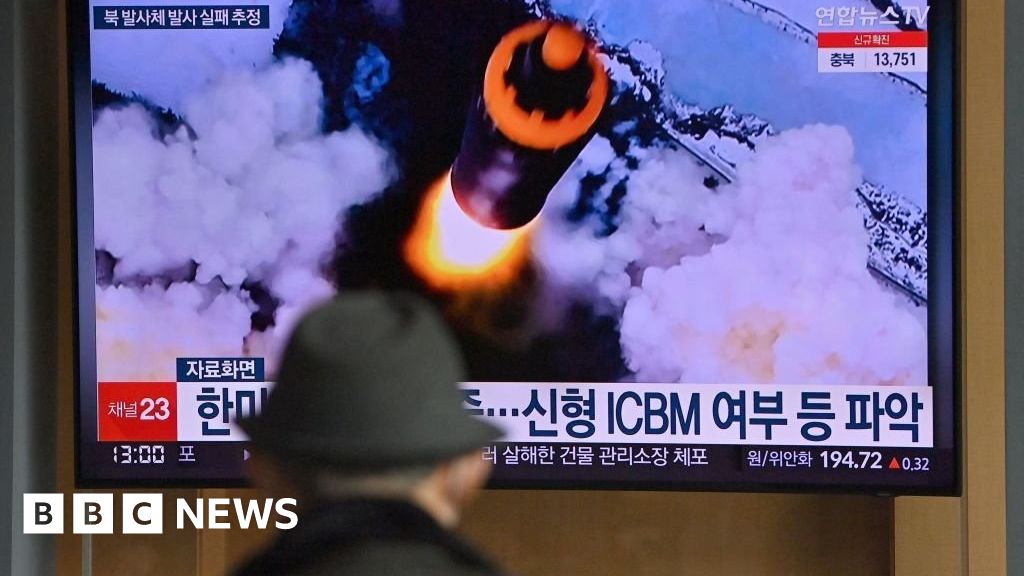
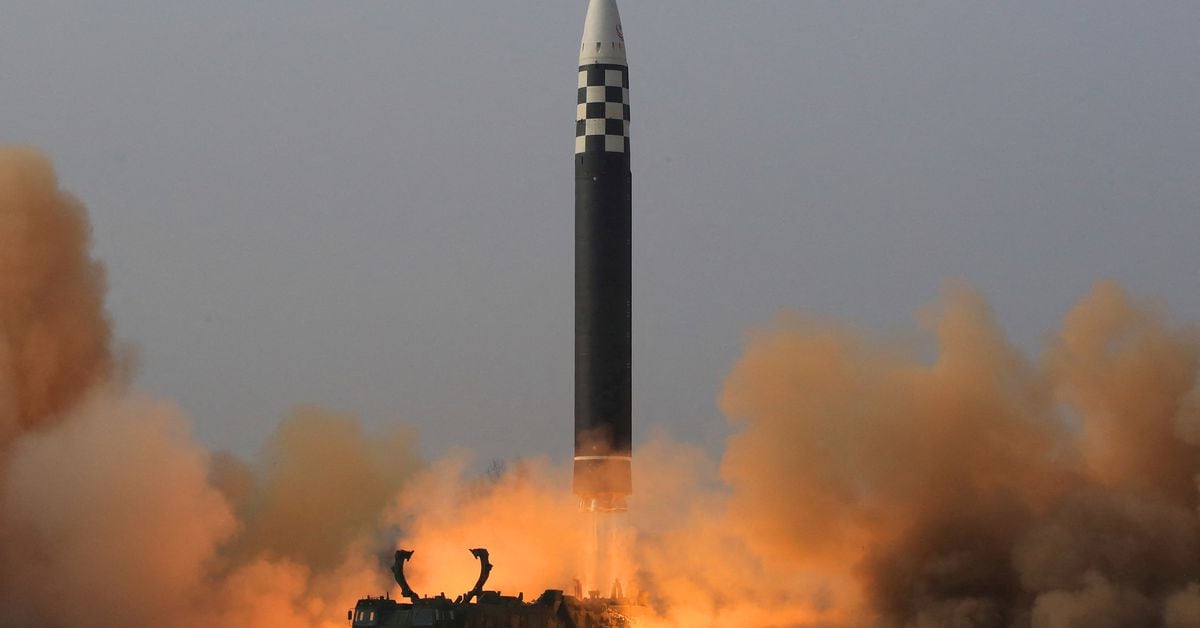

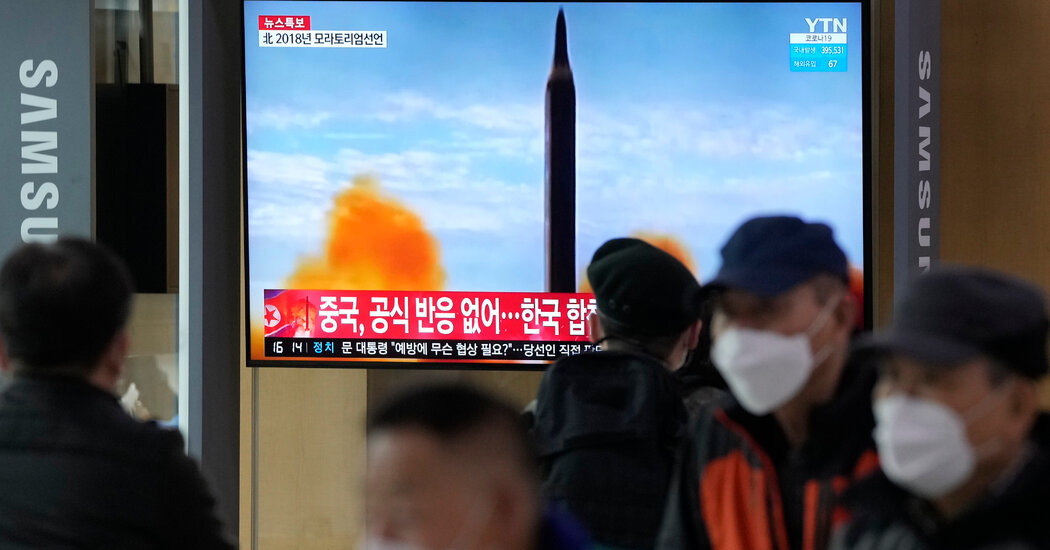

Not getting tyre envy are we?Titan II never got wheels…
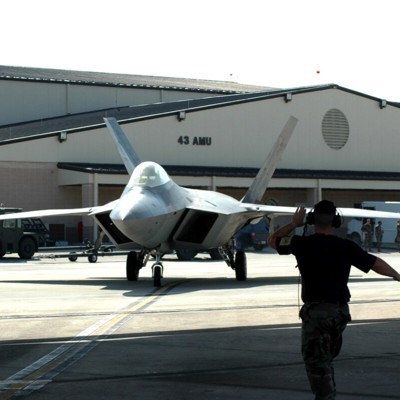
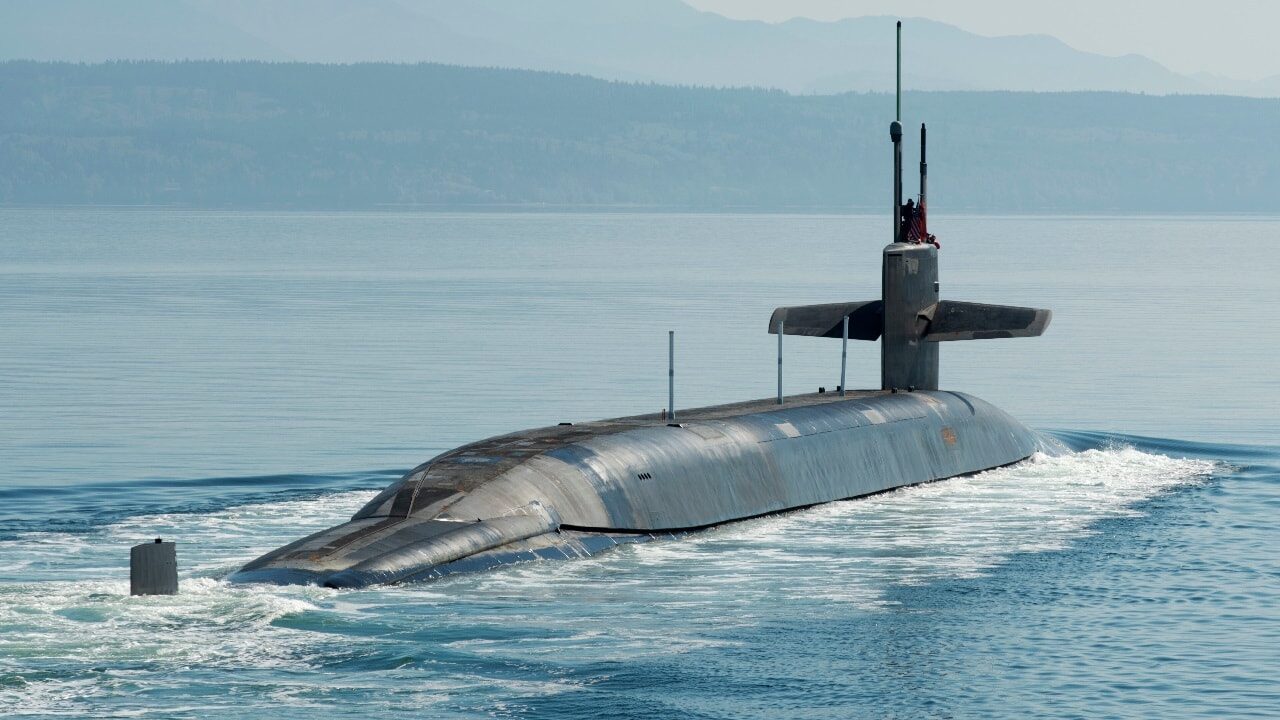
It means they have to expend resources dealing with it. Instead of giving them a pass, now they have to worry about every submarine in the fleet. You know, like WE do.The only logic with subsonic cruise missiles armed with nuclear warheads is one of saturation of defences or the increased complexity and diversion of resources for the defender...effectively another capacity issue.
Limited numbers of cruise only for nuclear strike is a fairly defeat-able attack.
It would give a sneak attack capability to counter the threat posed by Russia's UUV nukes.
What resources specifically would a sea launched missile tie down? The Russians don't have a blue water surface fleet to speak of. Do you think Russian SSNs are going to try to hunt USN boats? Not counting the SSGNs, I think there's something like a dozen of them, including 2-3 Victor IIIs left, so not really sure the Russians would or could commit anything of value.It means they have to expend resources dealing with it. Instead of giving them a pass, now they have to worry about every submarine in the fleet. You know, like WE do.The only logic with subsonic cruise missiles armed with nuclear warheads is one of saturation of defences or the increased complexity and diversion of resources for the defender...effectively another capacity issue.
Limited numbers of cruise only for nuclear strike is a fairly defeat-able attack.
The same as land launched cruise. Targets are going to be part of the same plan(s).What resources specifically would a sea launched missile tie down?
Then it seems redundant to me, given that it would have to be an entire new weapon and would be carried in tiny numbers unless SSGNs dedicated a lot of space to them.The same as land launched cruise. Targets are going to be part of the same plan(s).What resources specifically would a sea launched missile tie down?
And China?What resources specifically would a sea launched missile tie down? The Russians don't have a blue water surface fleet to speak of. Do you think Russian SSNs are going to try to hunt USN boats? Not counting the SSGNs, I think there's something like a dozen of them, including 2-3 Victor IIIs left, so not really sure the Russians would or could commit anything of value.It means they have to expend resources dealing with it. Instead of giving them a pass, now they have to worry about every submarine in the fleet. You know, like WE do.The only logic with subsonic cruise missiles armed with nuclear warheads is one of saturation of defences or the increased complexity and diversion of resources for the defender...effectively another capacity issue.
Limited numbers of cruise only for nuclear strike is a fairly defeat-able attack.
'Counter' was perhaps a misleading word, I meant match. A submarine is likely more stealthy than a B-2.I don't see how a sneak attack capability counters UUV nukes and if that is the case I would think that ALCMs and B-2s, along with their future replacements, already fill that need.
That's not a bad argument actually, they're only really suitable or targeting places that aren't well defended whether ALCM or SLCM. It's fine saturating targets with conventional warheads, but doing that with nukes is very inefficient. Something like a nuclear-equipped sub-launched LRHW would be better.The only logic with subsonic cruise missiles armed with nuclear warheads is one of saturation of defences or the increased complexity and diversion of resources for the defender...effectively another capacity issue.
Limited numbers of cruise only for nuclear strike is a fairly defeat-able attack.
Or subs with a nuclear LRHW.You also have the problem of a conventional TLAM strike being mistaken for a nuclear strike and we know the US has made heavy usage of TLAMs. If you wanted nukes on USN non-SSBN assets, I believe using the Zumwalts with a nuclear LRHW would be a much better option. At least you could use them for messaging, you minimize security and communication issues, eliminate mistaken identity, and introduce a different strike profile for the enemy to defend against.
They probably will have the ability to make life hard on USN boats inside the first island chain fairly soon. But I'm pretty sure they would be doing that *anyway* whether there were nukes on board them or not, so I don't see the value. I'd invest the money in some other part of the triad.And China?What resources specifically would a sea launched missile tie down? The Russians don't have a blue water surface fleet to speak of. Do you think Russian SSNs are going to try to hunt USN boats? Not counting the SSGNs, I think there's something like a dozen of them, including 2-3 Victor IIIs left, so not really sure the Russians would or could commit anything of value.It means they have to expend resources dealing with it. Instead of giving them a pass, now they have to worry about every submarine in the fleet. You know, like WE do.The only logic with subsonic cruise missiles armed with nuclear warheads is one of saturation of defences or the increased complexity and diversion of resources for the defender...effectively another capacity issue.
Limited numbers of cruise only for nuclear strike is a fairly defeat-able attack.
But the sub launched missile isn't any more stealthy than the air launched missile, so again I'm not seeing the benefit. Why not just buy more air launched missiles instead?'Counter' was perhaps a misleading word, I meant match. A submarine is likely more stealthy than a B-2.I don't see how a sneak attack capability counters UUV nukes and if that is the case I would think that ALCMs and B-2s, along with their future replacements, already fill that need.
These were tactical weapons and never considered (or counted) as part of the triad. I find it difficult to believe that anybody could think a nation wouldn't care about potentially hundreds of submarine-launched, nuclear armed cruise missiles pointed at it.They probably will have the ability to make life hard on USN boats inside the first island chain fairly soon. But I'm pretty sure they would be doing that *anyway* whether there were nukes on board them or not, so I don't see the value. I'd invest the money in some other part of the triad.And China?What resources specifically would a sea launched missile tie down? The Russians don't have a blue water surface fleet to speak of. Do you think Russian SSNs are going to try to hunt USN boats? Not counting the SSGNs, I think there's something like a dozen of them, including 2-3 Victor IIIs left, so not really sure the Russians would or could commit anything of value.It means they have to expend resources dealing with it. Instead of giving them a pass, now they have to worry about every submarine in the fleet. You know, like WE do.The only logic with subsonic cruise missiles armed with nuclear warheads is one of saturation of defences or the increased complexity and diversion of resources for the defender...effectively another capacity issue.
Limited numbers of cruise only for nuclear strike is a fairly defeat-able attack.
It's part of a spectrum of systems and a means to further complicate the defenders task.Then it seems redundant to me, given that it would have to be an entire new weapon and would be carried in tiny numbers unless SSGNs dedicated a lot of space to them.The same as land launched cruise. Targets are going to be part of the same plan(s).What resources specifically would a sea launched missile tie down?
This is a significant issue.You also have the problem of a conventional TLAM strike being mistaken for a nuclear strike
Only if you accept that to avoid ambiguity, LRHW would only be armed with nuclear warheads.Something like a nuclear-equipped sub-launched LRHW would be better.
